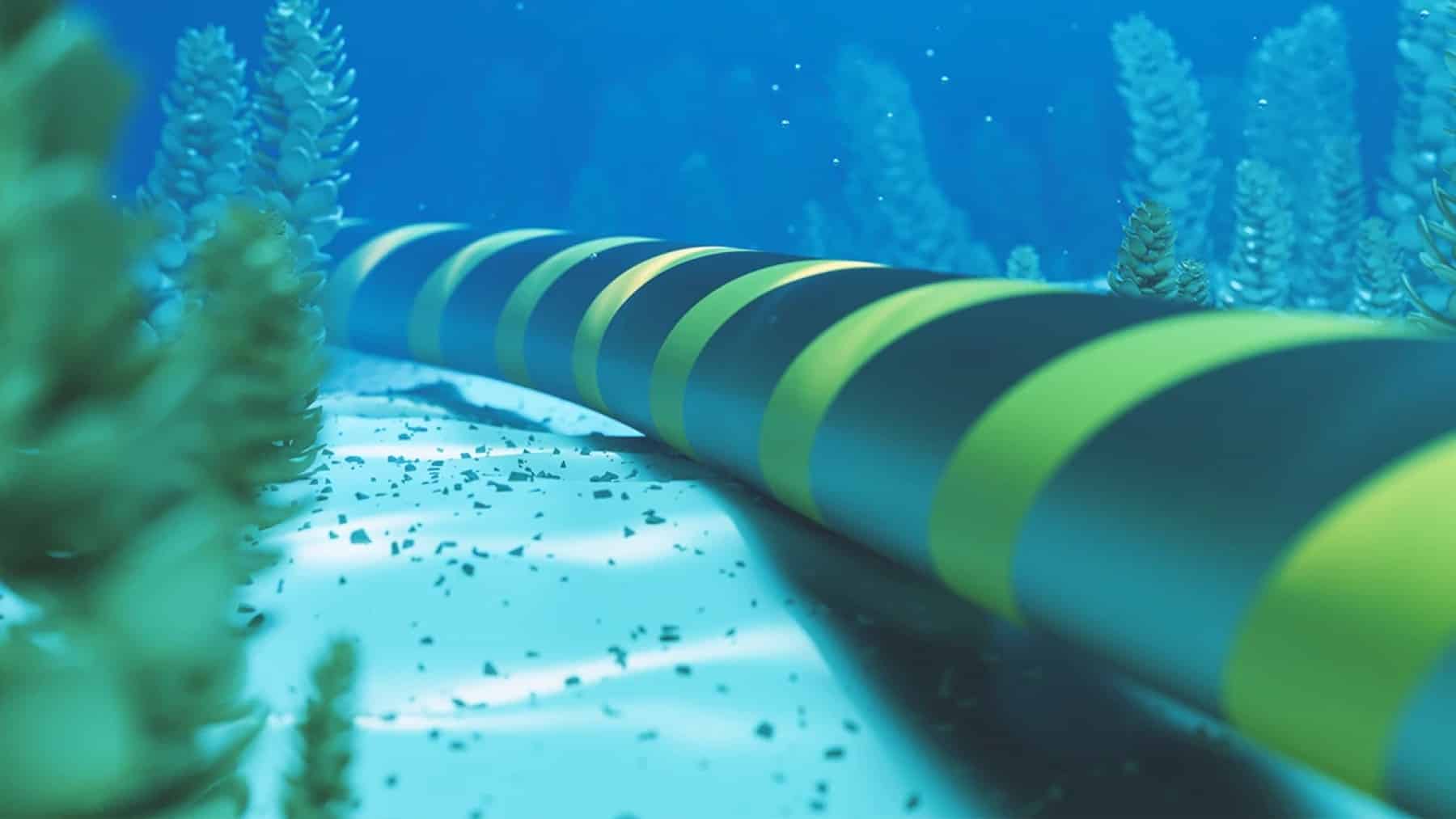The largest energy project in history, under the ocean: 5,000km and two continents linked
October 27, 2024

Imagine a cable, placed under the ocean to generate electricity and link two continents at the same time. Sounds like a lot of work, right? It even sounds time and cost-consuming. This is the largest energy project in history that Australia has decided to embark on, it is called the Australia-Asia Powerlink. A cable of more than 5000 kilometers will be stretched and used connecting solar power generation in Australia to Singapore and beyond.
The project intends to provide clean, renewable energy to meet a sizable amount of Southeast Asia’s energy needs by utilising the sun-drenched areas of Australia’s Northern Territory. This project represents a significant step towards a sustainable energy future by utilising the longest subsea cable in the world to connect two continents.
Powerlink Australia-Asia: An innovative idea to send solar energy across seas
The innovative idea is set to stretch more than 5000 kilometres in order to transmit solar energy from the Northern Territory of Australia to Singapore pushing the boundaries when it comes to global energy needs being provided. The goal is to link two continents leading to providing electricity to millions and emerging as a prototype for extensive renewable energy transportation.
This private plan called the Australia-Asia PowerLink would take advantage of northern Australia’s competitive advantage in producing and supplying Singapore and Darwin with zero-emission electricity. This would lower Australia’s greenhouse gas emissions, create a new renewable electricity export sector for northern Australia, and put downward pressure on electricity rates for residential and commercial consumers in the Darwin region.
Getting past the Subsea Energy transmission obstacles: The 5,000-kilometer cable’s extraordinary engineering
Developing or building a cable that is inserted under the sea or ocean just to produce electricity and to promote solar energy comes with engineering challenges that need attention. In this instance, the cable should be long enough, strong enough and endure the conditions that come with being in the water for a long time and functioning as an energy-powering resource. It should be sufficiently pliable to preserve electrical integrity throughout its extensive length.
Modern HVDC technology is being used by engineers to minimise energy loss during long-distance transmission. This technology is essential to maintaining the Powerlink’s efficiency and affordability. With specialised ships and equipment needed to precisely put the cable on the ocean floor across several countries’ exclusive economic zones, cable laying will also require extensive logistical cooperation.
Global consequences: Australia-Asia Powerlink’s effect on sustainability and energy
The implications are quite obvious. One of them is of course the change in perspective when it comes to enhancing energy production. Placing a cable in the ocean is something not common. This project’s magnitude pushes the limits of global energy infrastructure and highlights the viability of large-scale renewable energy transportation.
An article by WorldSteel, states that the copper conductors used in HVDC underwater cables are encased in several layers, such as polyethylene sheaths and lead alloy. The cables are wrapped in galvanised steel wire armour to shield the internal conducting parts. This makes it possible for the lengthy cables to endure the demands of installation and operation beneath the sea.
The most ambitious project of its type will revolutionise the production and distribution of renewable energy. Connecting the earth’s “sunbelt” with other regions of the planet through the timeless power of steel can be crucial to the shift to a more sustainable future. When the AAPowerLink is finished, it should provide about 15% of Singapore’s electricity consumption and offset 8.6 million tonnes of CO2 emissions annually.
The first solar energy transmissions are anticipated to arrive in Singapore by 2027, with construction which began in 2023. Mounted on steel bases, the facility’s solar panels will have a maximum capacity of 20GW, and its battery system can store 36–42GWh of electricity. The farm’s heat exchangers, tanks, and pumps will all be made of steel and stainless steel.
Search
RECENT PRESS RELEASES
Related Post


